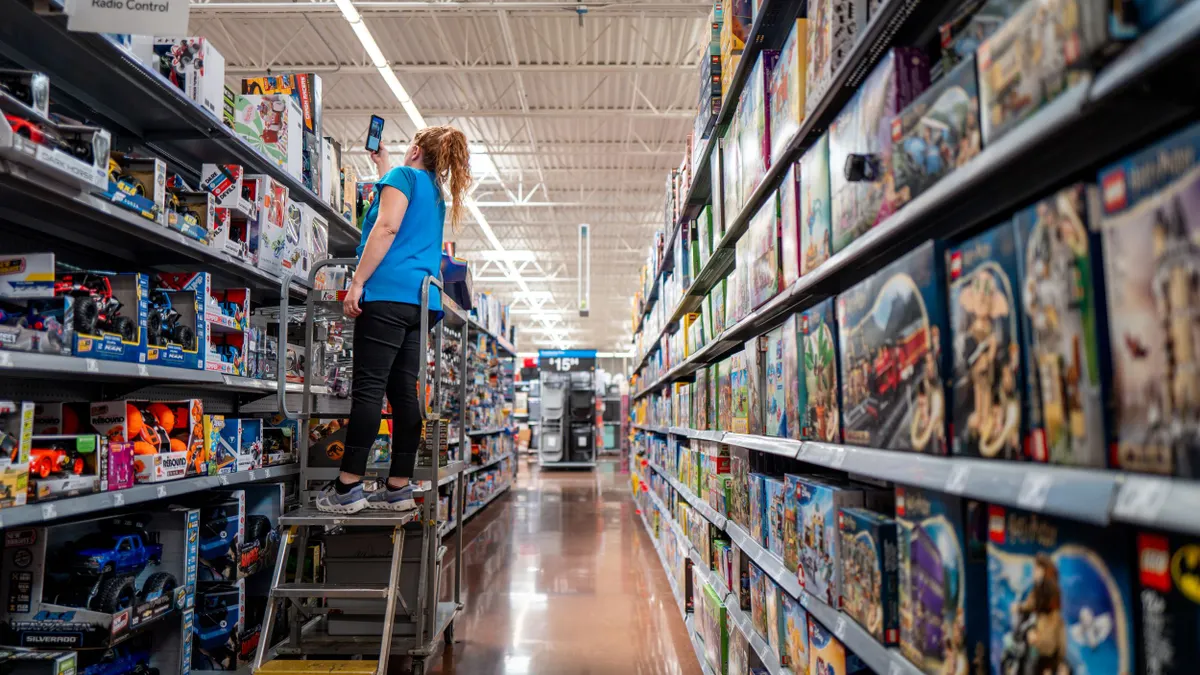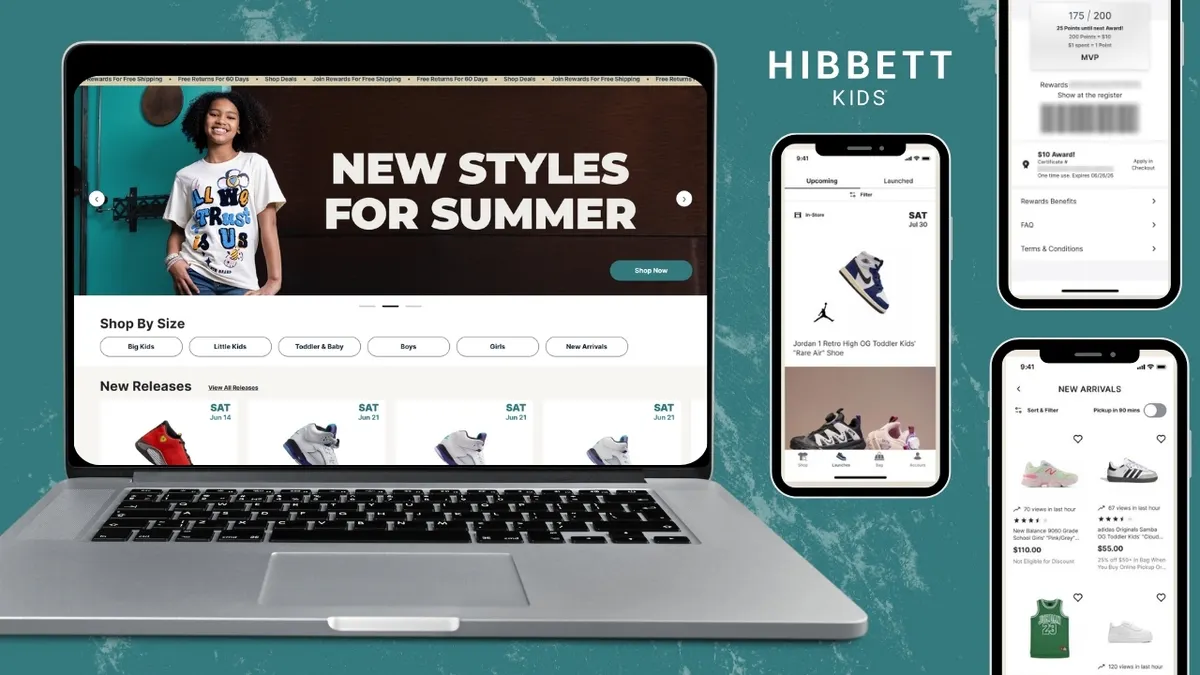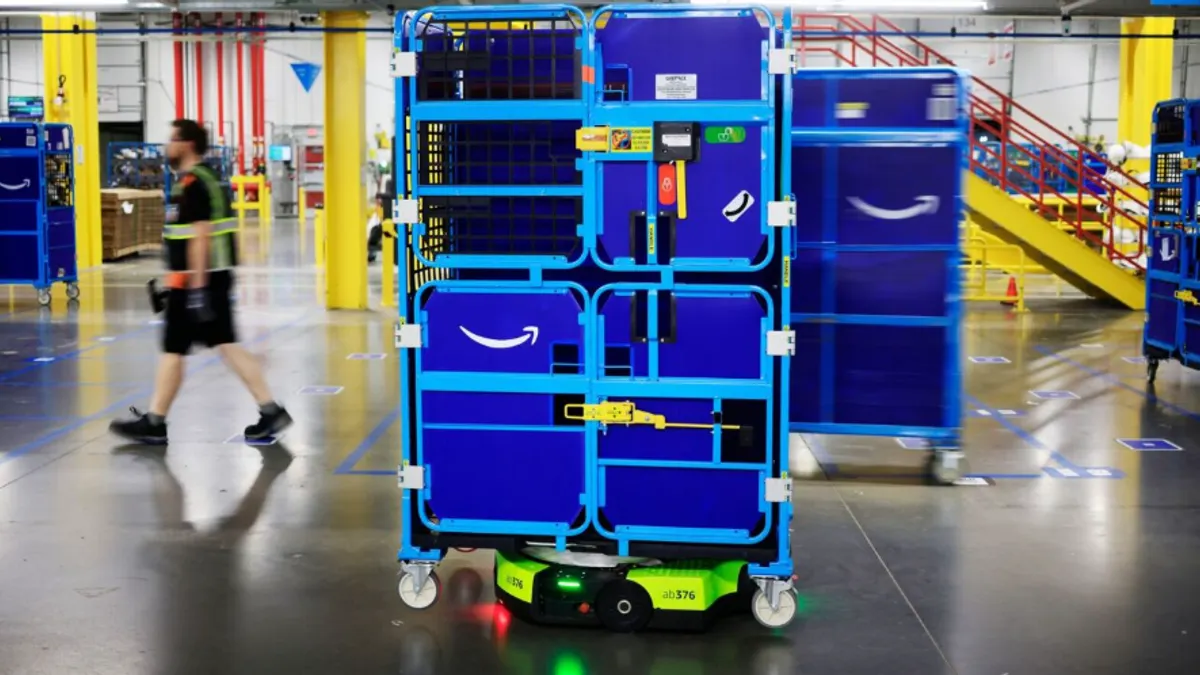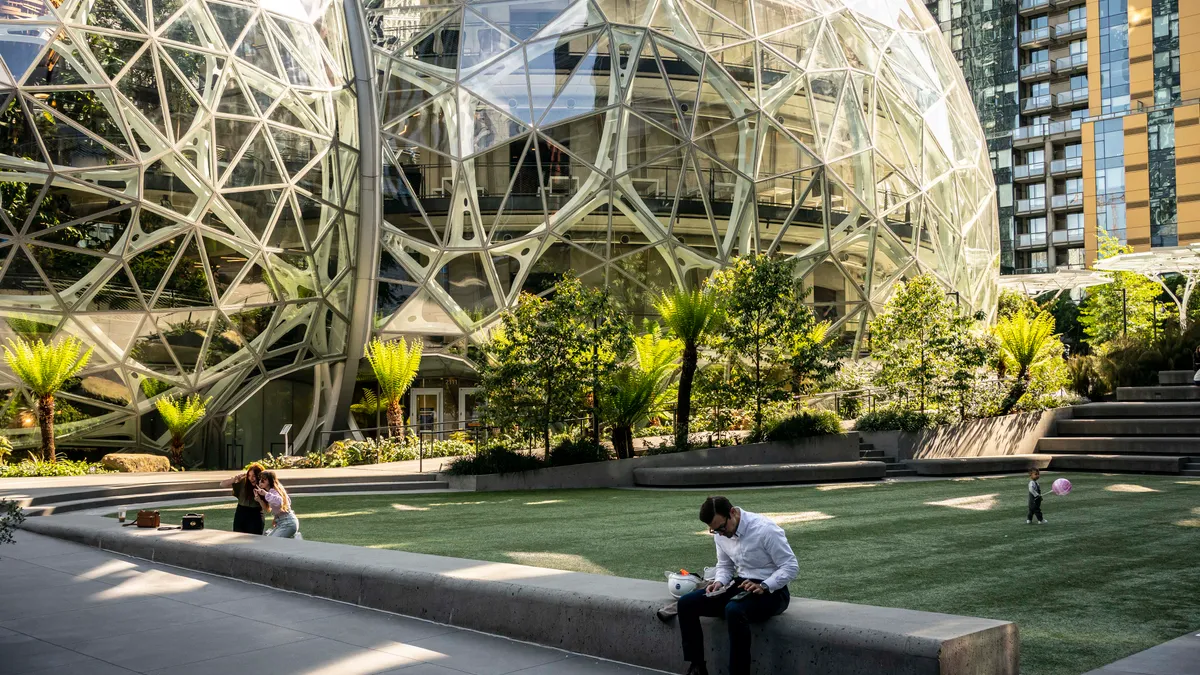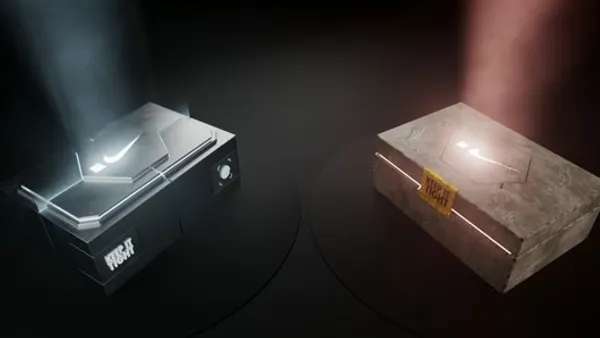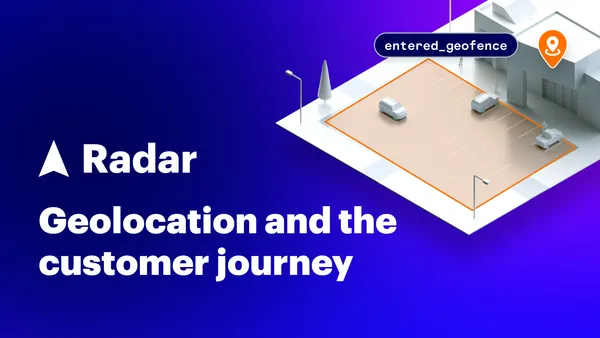Winter storm Jonas late last week was prompting government officials anticipating blizzard conditions and coastal flooding to warn people to prepare for the storm and stay indoors.
That means many people on the mid-Atlantic coast likely didn’t go shopping this weekend. Or, more accurately, they didn’t go shopping once they stocked up on milk, bread, eggs, and batteries. Or to put it even more accurately, they didn’t go shopping in stores, except when they went to stores to prepare for the storm.
We spoke with meteorologist and weather analytics expert Paul Walsh, VP of weather strategy and business meteorologist at The Weather Company, about what retailers are doing to deal with storms like Jonas—and weather and climate change more generally.
“What almost always happens when you get a big event like this is you really see three phases from a retailer perspective,” Walsh told Retail Dive. “Actually, it’s really from a consumer perspective, and the retailers’ job is to be ready for their customers’ needs.”
The three phases
Phase 1: The forecast
In the case of a weather event like Jonas, the forecast begins at least 10 days ahead of time, when a wide swath of the country begins to hear about the impending storm. Walsh says that excellent up-to-the-minute weather data, blasted on social media and in constant news stories on television and the Internet, all work together to give millions of people a heads up.
This phase is a time when consumers begin to adjust their plans according to what the weather may bring, and retailers can begin to assess their inventories, make sure they have the in-demand things in stock and begin thinking about staffing and advertising decisions.
In addition to bread, milk, and eggs, research shows that people tend to stock up on alcoholic beverages, D batteries, soup, reading material, and padlocks, Walsh says. But retailers must look at their own customers' behavior around weather, noting that Wal-Mart a few years ago found, through attentive research, that strawberry Pop Tarts emerged as a common item for people preparing ahead of a hurricane.
“This phase is not driven by the weather at all but by the prediction of the storm,” Walsh says. “Social media and just the generalized reporting on it these days has a growing impact on consumers. We’re consuming weather information on our smartphones typically several times per day, so there’s a giant halo effect. But in reality the storm is not necessarily going to have a big impact on Maine or New England in general this time around.”
Phase 2: The storm hits
It was clear by midday Friday that Jonas would indeed miss New England, so consumers in that area had likely stocked up on extra bread, milk, and possibly beer that they didn’t need. But for areas that were hit, retailers were having to make decisions about store staffing and even store closings that balance the needs of their customers with the needs of their employees, says Walsh.
“This is when the largest retailers put together a weather war room with 24x7 monitoring to follow the weather forecast, so they can keep the store open as long as possible without endangering their workers,” he says.
Phase 3: The aftermath
By the time you’re reading this, we’re probably at the aftermath phase of the Jonas storm. Retailers don’t make a lot of money in the forecast phase, even though people do stock up on certain items, Walsh says. But they also don’t lose a lot of money even when people stay home and away from stores. That’s in part because there’s a rebound effect in the aftermath, once the storm is over—people re-stock their shelves with things they’ve used up during the storm. And these days e-commerce also means that people can shop from home even during the storm.
“Retailers generally don’t make money from a storm like this,” Walsh says. “Their main mission is to stay in stock and be there for their customers, and sustain the demand and make the right decisions. Where it becomes really problematic is at restaurants and hotels because they can’t make up the lost revenue when people stay home.”
The perfect storm?
Walsh studies consumer behavior as it relates to weather and works with retailers on how to deal with weather events and weather patterns more generally. The real challenge, he says, is for retailers to use data to neutralize, as much as they can, the impact of weather on sales.
Weather prediction in the short term — the forecast accuracy in terms of timing, duration, and location — has become remarkably accurate, and it’s available even on most smartphones. But that level of accuracy extends to scientists’ ability to assess weather patterns year by year, too, even in the face of climate change, Walsh says. And that in turn can help retailers’ plan their inventories well ahead of time.
“The reality is the weather is more than an excuse, it’s a reason,” he says. “When it’s 70 degrees in New York, people aren’t going to buy a winter jacket, they just aren’t. But retailers can think about ways to strategize around that.”
What Walsh calls “the weather excuse,” when retailers blame the weather for lost sales, should increasingly be less of a factor in coming months and years, as retailers benefit from — and get better at leveraging — both long and short term weather forecasting data as well as the information about their customers’ weather-influenced behavior.
“For retailers, weather is becoming even less of a good excuse because we’re working really hard to better manage the weather forecast,” he says. “Retailers can do a much better job anticipating how many units they need based on their weather strategy. We do predictions months out, then fine tune as a season get closer."
"As a retailer you can start to fine tune what your weather strategy is, not just what you can expect, but, more importantly, what that means for your customers. It matters how you can execute that, to make sure that you’re in stock at the right price and at the right time, and that your customer knows it.”










